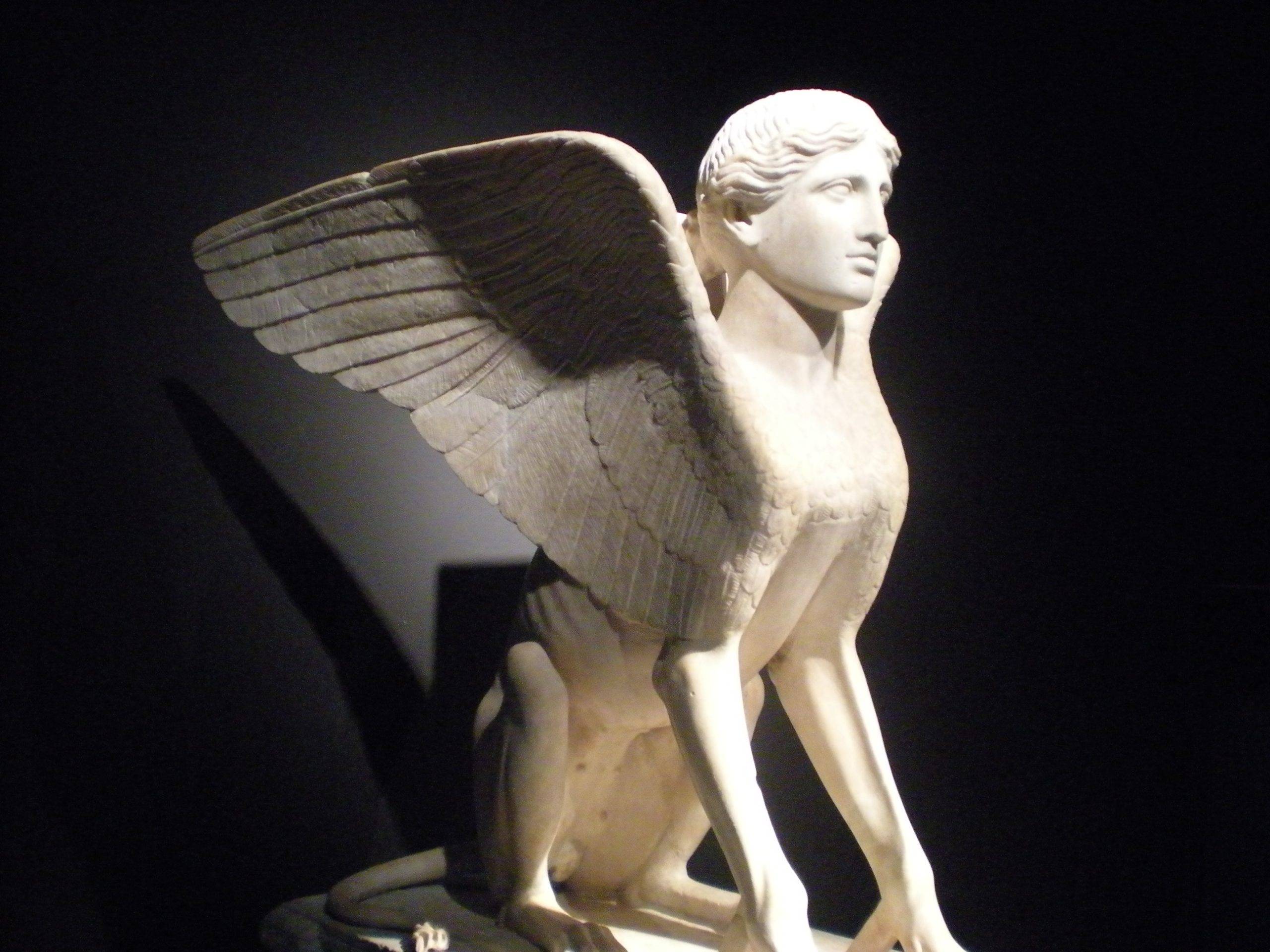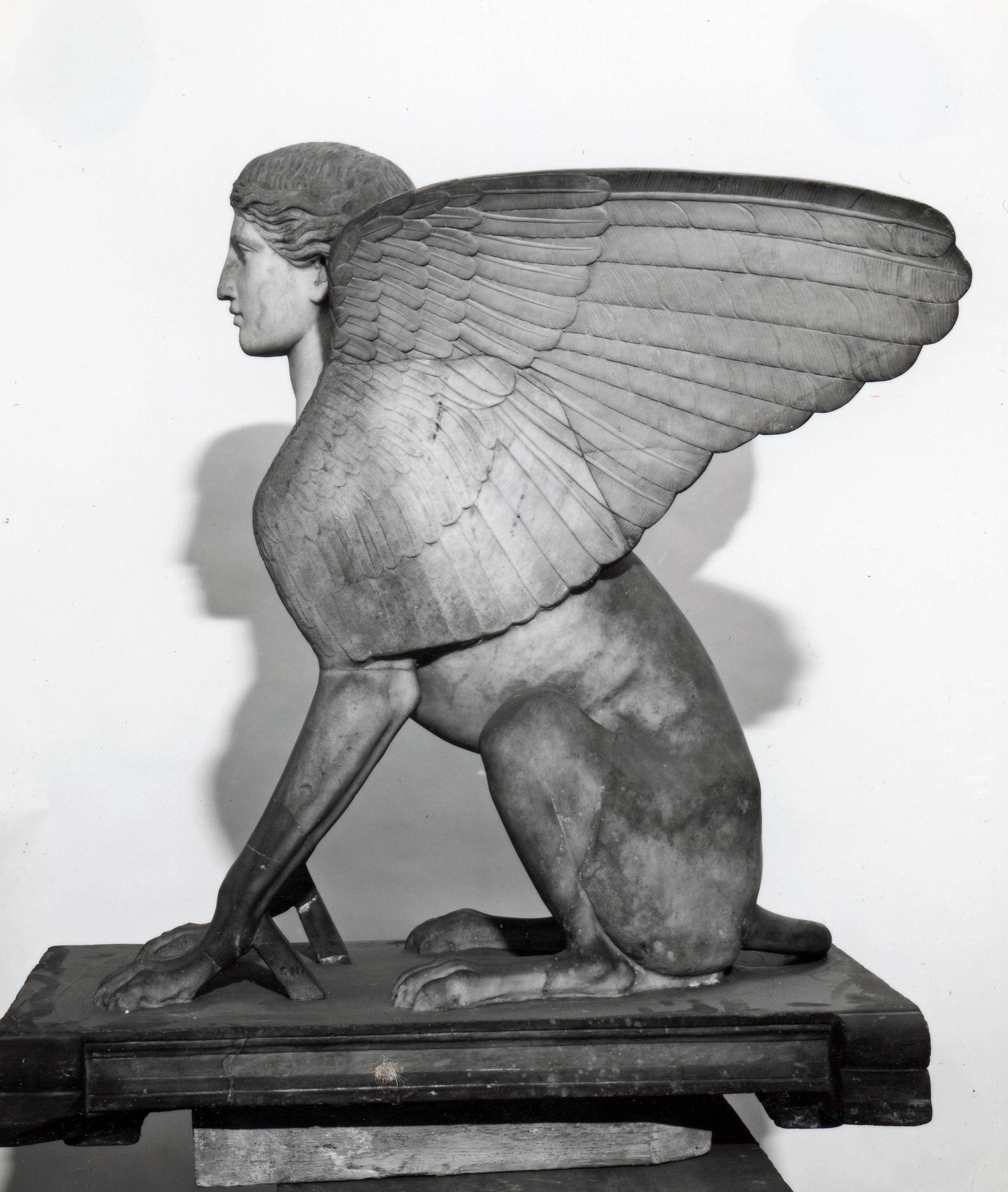Dating back to approximately 120-140 AD, the Sphinx of Lanuvium is a masterpiece of Roman craftsmanship. Sculpted from a single block of white marble, the sculpture exudes an aura of elegance and grandeur. Its dimensions, measuring 840 mm x 800 mm x 550 mm, command attention, while the intricate details of its form reveal the meticulous artistry that went into its creation.
Get your dose of History via Email
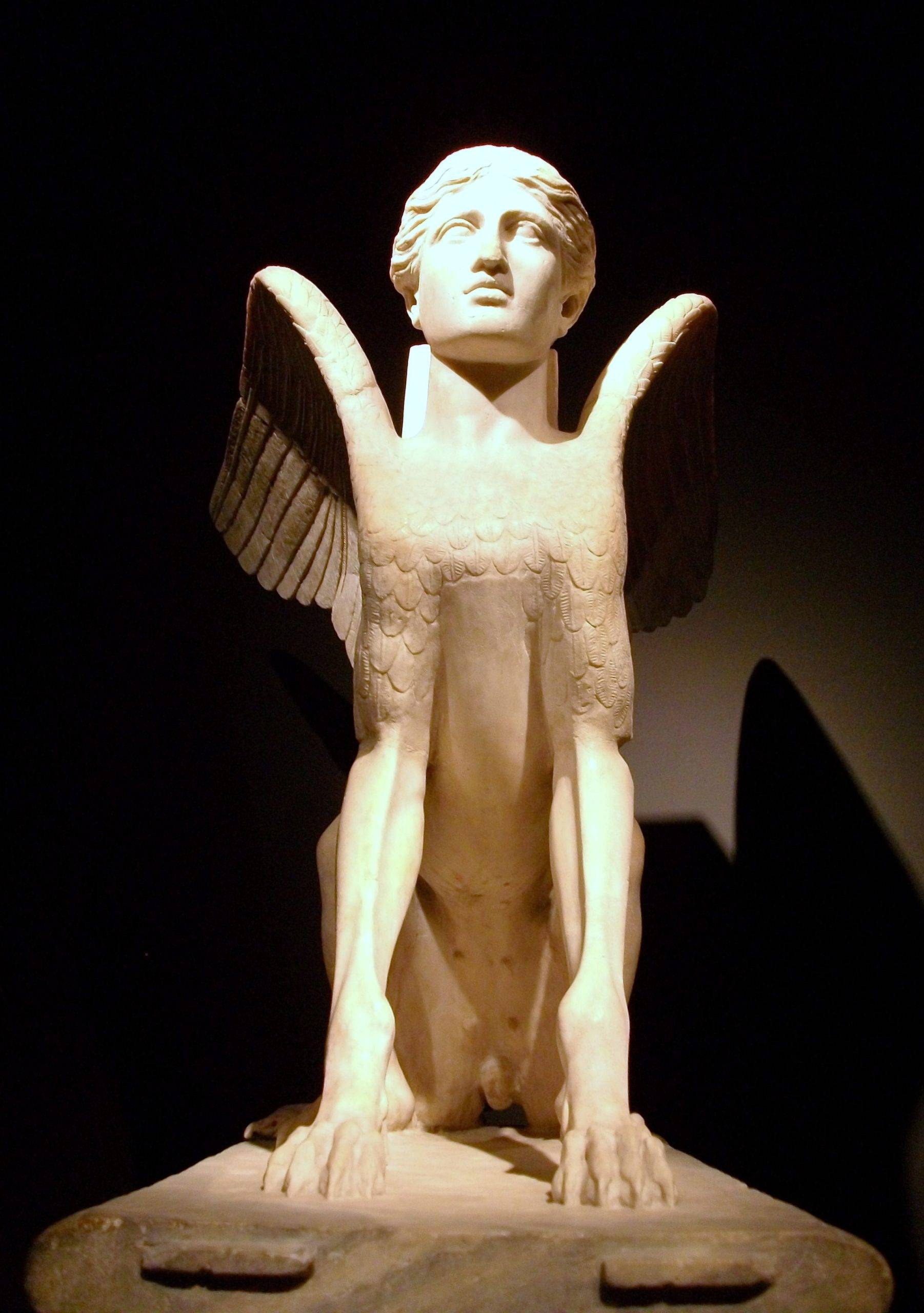
The sphinx, a mythological creature with the head of a woman, the body of a lion, and the wings of an eagle, holds a prominent position in Roman mythology. Symbolizing wisdom, strength, and mystery, the sphinx was often incorporated into Roman art and architecture. In the case of the Sphinx of Lanuvium, the sculpture’s serene facial expression, powerful lion’s body, and impressive eagle wings embody these symbolic attributes.
The discovery of the Sphinx of Lanuvium in the ruins of the Villa of Antoninus Pius offers valuable insights into the lives of Roman elites. The villa, believed to have served as a luxurious retreat for the emperor and his family, was adorned with numerous works of art, including the Sphinx of Lanuvium. Its placement within the dining room suggests that the sculpture played a significant role in Roman social gatherings, perhaps serving as a conversation starter or a symbol of the emperor’s power and prestige.
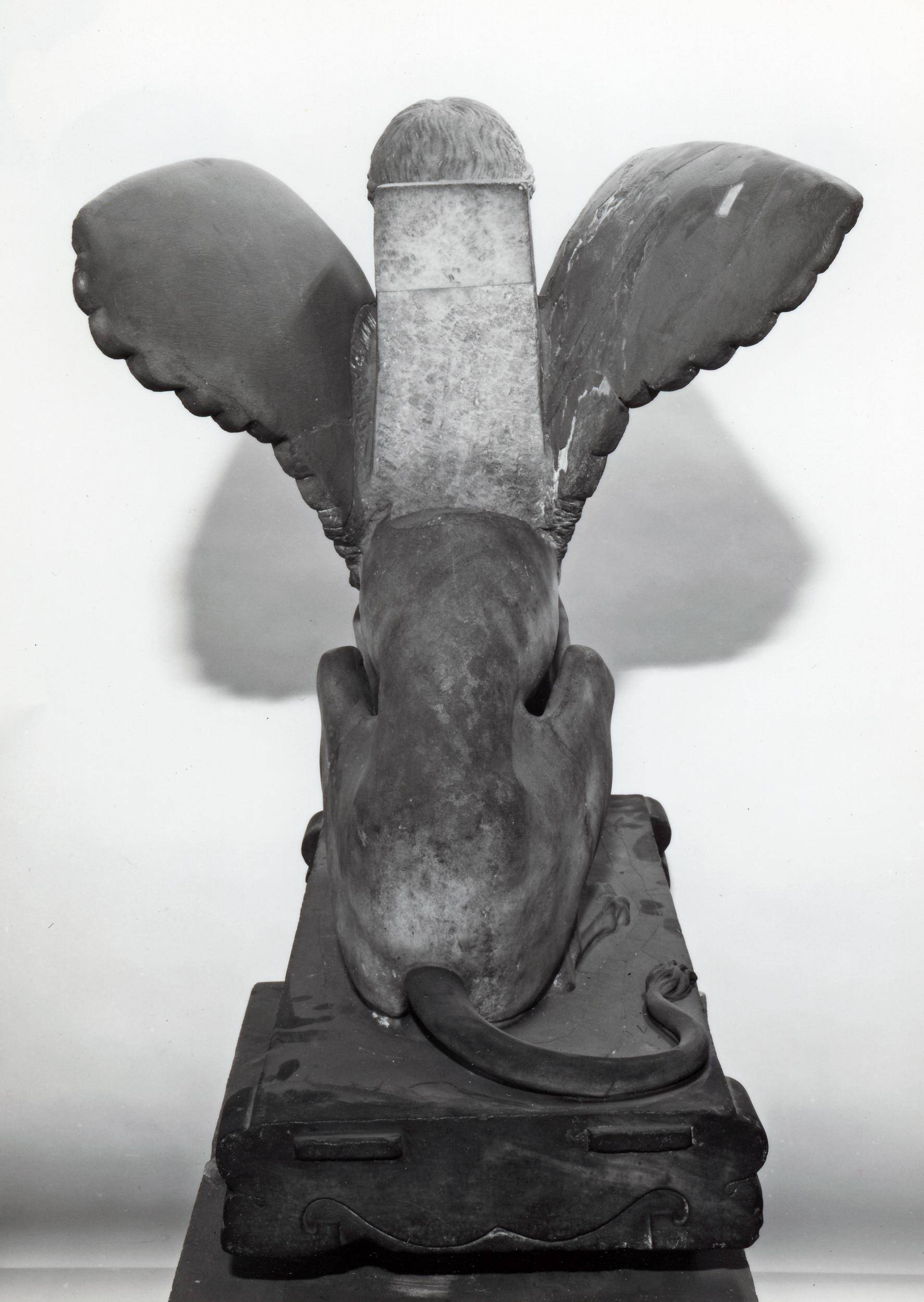
Today, the Sphinx of Lanuvium resides in the British Museum, where it continues to captivate visitors with its enigmatic beauty and historical significance. The sculpture stands as a reminder of the enduring power of art and its ability to transcend time, offering us a glimpse into the cultural landscape of ancient Rome.
Historical Background of The Sphinx of Lanuvium
The Sphinx of Lanuvium was discovered in the early 19th century by archaeologists excavating the ruins of the Villa of Antoninus Pius, a luxurious retreat for the Roman emperor Antoninus Pius and his family. The villa was located in the town of Lanuvium, about 20 miles south of Rome. The sculpture was found in the ruins of a dining room, suggesting that it may have been used as a decorative or symbolic object during banquets and other social gatherings.
After its discovery, the Sphinx of Lanuvium was acquired by the British Museum, where it remains on display today. The sculpture is one of the most popular exhibits in the museum, and it has been the subject of numerous studies and publications.
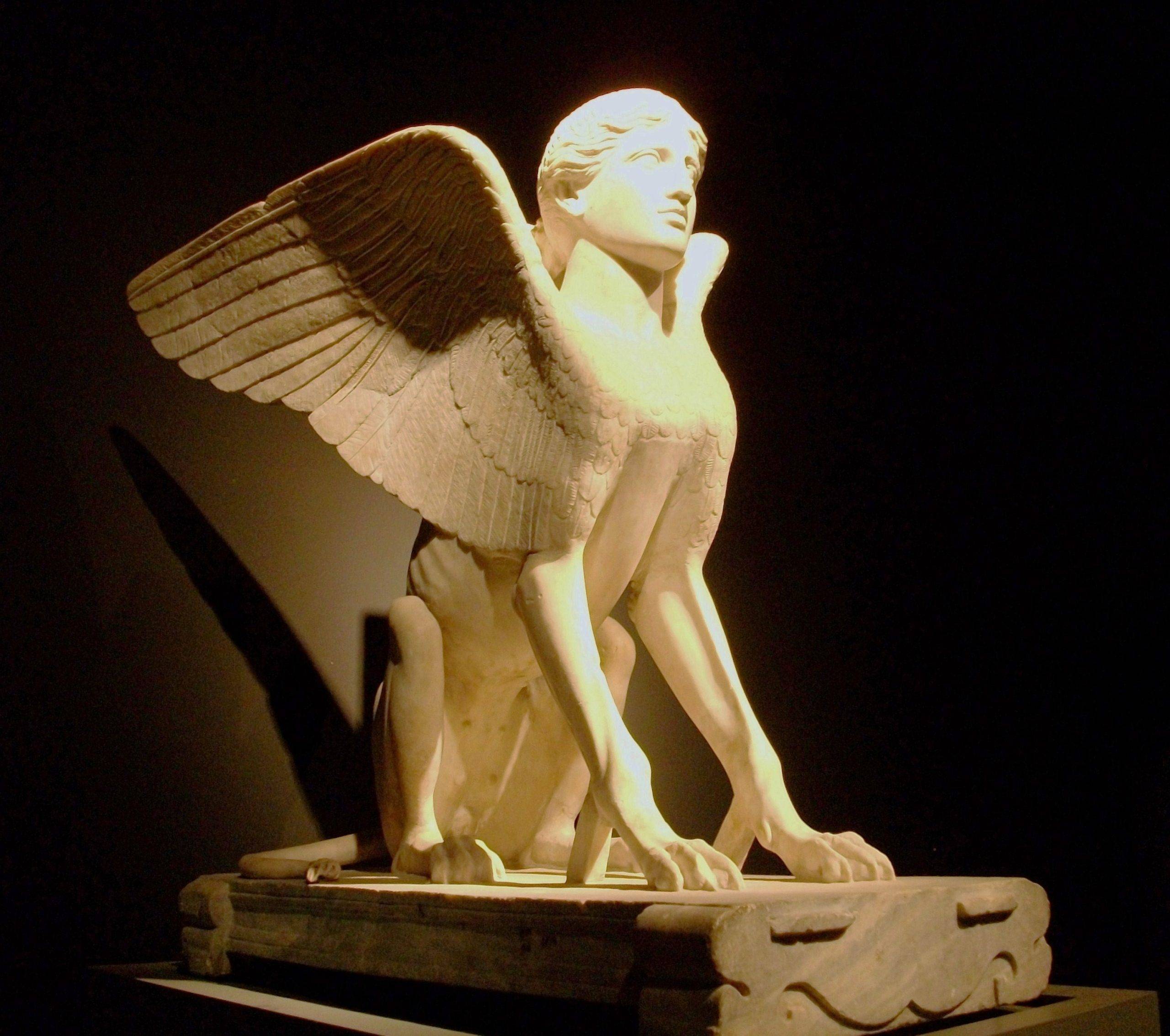
Facts and Figures about the Artifact
- The Sphinx of Lanuvium is made of white marble.
- It is approximately 840 mm tall, 800 mm wide, and 550 mm deep.
- It is believed to have been made between 120 and 140 AD.
- The sculpture is in good condition, with only a few minor chips and cracks.
- It is one of the most popular exhibits in the British Museum
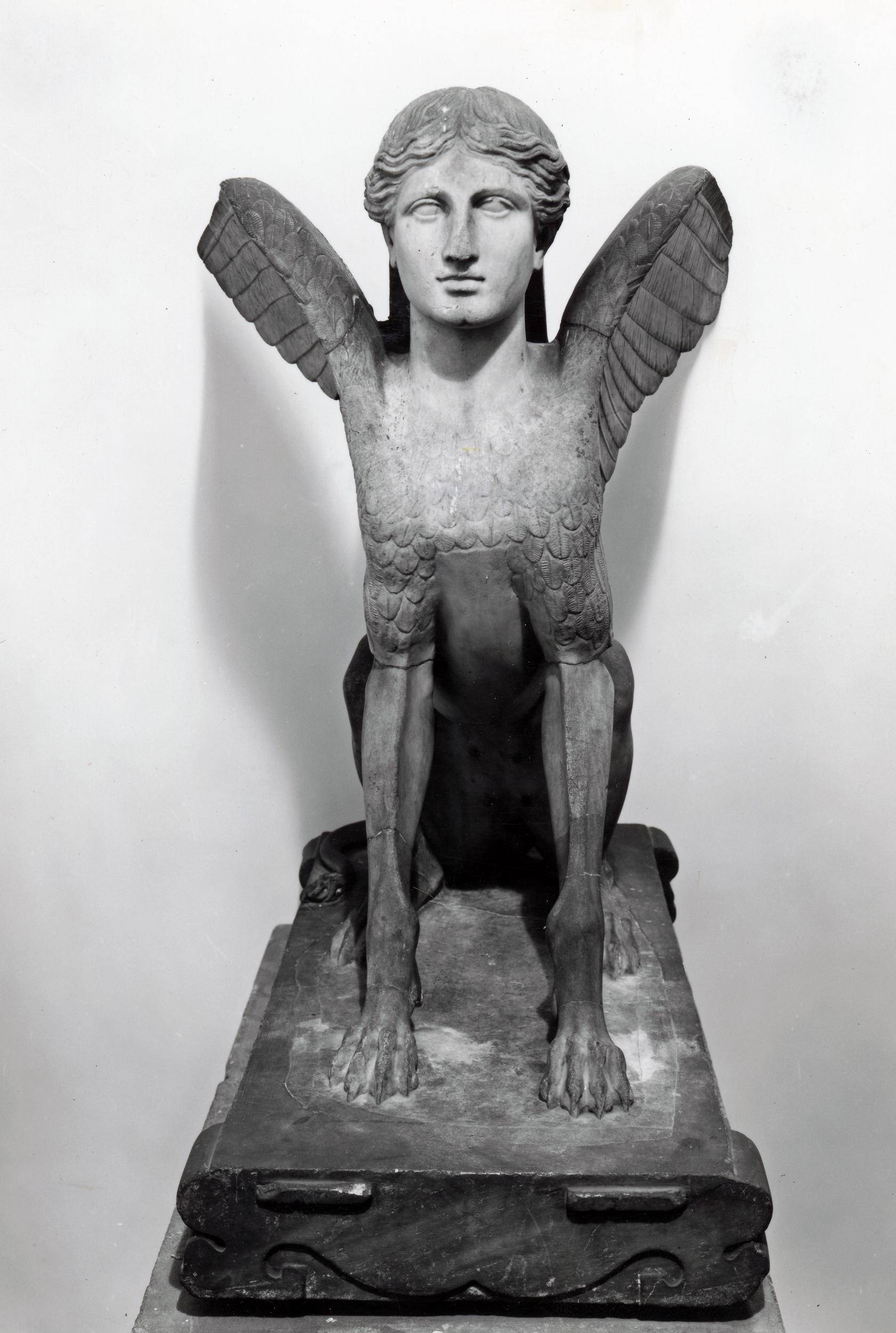
Conclusion and Sources
-
Conclusion and Sources
The Sphinx of Lanuvium is a fascinating and enigmatic sculpture that offers valuable insights into the lives and beliefs of ancient Romans. It is a reminder of the enduring power of art and its ability to transcend time.
For further reading and to verify the information provided, the following sources are recommended:

